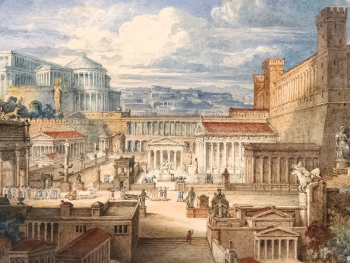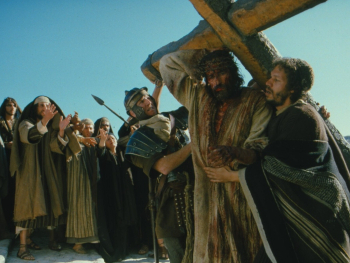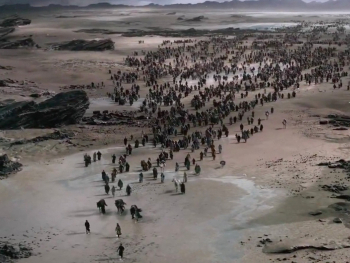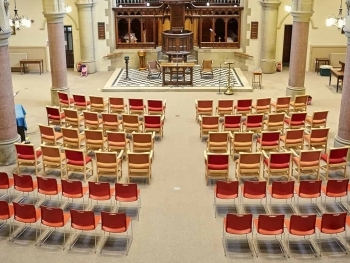The Holy Land, also known as the Land of Israel, holds a special place in the hearts and minds of believers around the world. As the setting for many key events in the Bible, including the life and ministry of Jesus Christ, the Holy Land is imbued with spiritual significance and historical importance. In this article, we will take a modern perspective on biblical geography, exploring the landscapes, cities, and landmarks of the Holy Land as they exist today and reflecting on their enduring connection to the biblical narrative.
Modern-Day Israel:
Today, the modern state of Israel encompasses much of the territory described in the Bible, including the regions of Galilee, Judea, and Samaria. From the bustling metropolis of Tel Aviv to the ancient streets of Jerusalem, Israel is a vibrant and diverse country that blends ancient history with modern innovation.
Jerusalem, the capital of Israel, holds particular significance for believers of Judaism, Christianity, and Islam alike. The Old City, with its iconic Western Wall, Church of the Holy Sepulchre, and Dome of the Rock, is a focal point of pilgrimage and prayer for millions of people around the world.
The Galilee region, located in northern Israel, is closely associated with the ministry of Jesus Christ. The towns of Nazareth, Capernaum, and Bethsaida, where Jesus performed many miracles and taught his disciples, attract pilgrims seeking to walk in the footsteps of the Savior.
Biblical Landscapes:
One of the remarkable features of the Holy Land is its diverse landscape, which ranges from fertile valleys and lush forests to arid deserts and rugged mountains. The Jordan River, the Sea of Galilee, and the Dead Sea are all prominent geographical features mentioned in the Bible, each with its own significance and symbolism.
The wilderness of Judea, where Jesus fasted and was tempted by Satan, offers a stark and dramatic backdrop to the biblical narrative. The desert landscapes of Masada and Qumran provide insights into the lives of ancient Jewish communities and the struggles they faced.
The Negev Desert, located in southern Israel, is a vast and rugged wilderness that stretches for hundreds of miles. This arid region is mentioned frequently in the Bible, symbolizing both the challenges of the wilderness journey and the promise of God's provision.
Reflections on Faith and Geography:
As we consider the modern landscape of the Holy Land, we are reminded of the enduring power of faith and the deep connections between geography, history, and spirituality. The physical features of the land serve as tangible reminders of the biblical narrative, inspiring awe and reverence for the God who shaped the land and the people who inhabited it.
Visiting the Holy Land today offers believers an opportunity to deepen their understanding of the biblical text and strengthen their connection to the roots of their faith. Whether walking the streets of Jerusalem, sailing on the Sea of Galilee, or hiking in the Judean wilderness, the Holy Land invites us to experience the timeless truths of scripture in a tangible and transformative way.
The Holy Land today is more than just a geographical location—it is a living testament to the enduring legacy of the biblical narrative. As we explore its landscapes, cities, and landmarks, we are reminded of the profound connection between past and present, faith and geography. May our journey through the Holy Land inspire us to seek a deeper understanding of the scriptures and to walk in the footsteps of those who came before us, guided by the same faith and devotion that has sustained believers for millennia.






